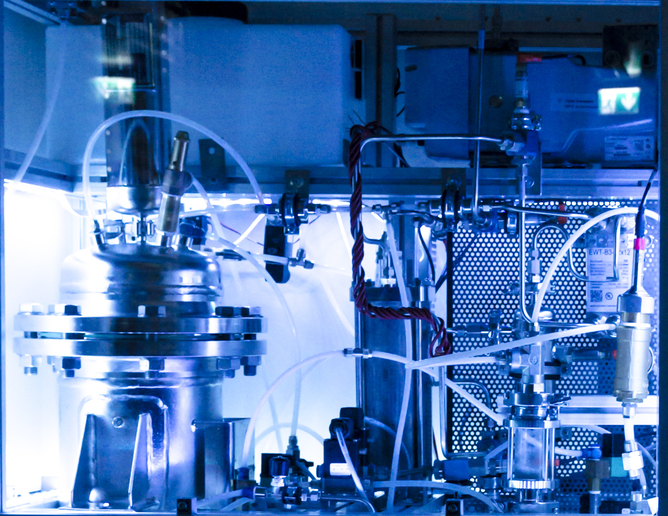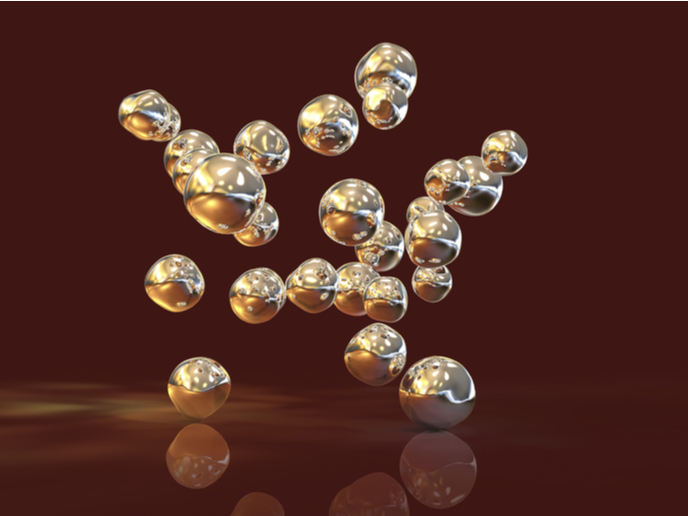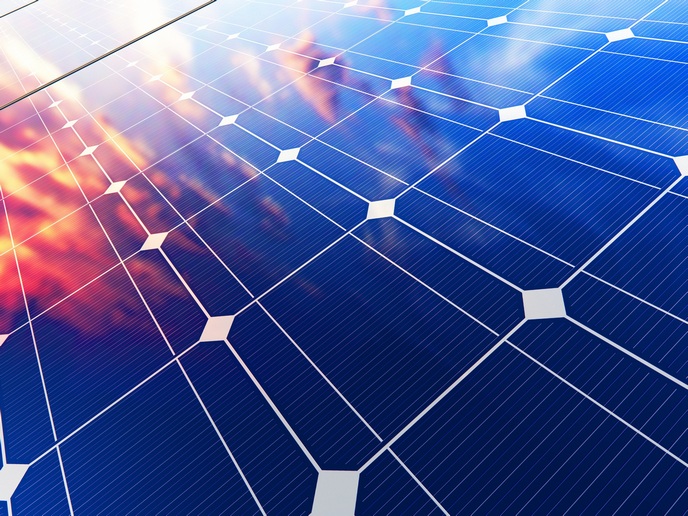New heir to silicon for high-efficiency solar cells
Multi-junction photovoltaic cells – also called tandem cells – are one of the most widely explored paths to higher efficiency solar cells. Originally developed for aerospace applications, III-V multi-junction cells use three different materials in a single cell, thereby extracting much more energy from sunlight. As a result, they are capable of gaudy conversion efficiency numbers. The inverted metamorphic multi-junction technology is a further breakthrough in performance and cost reduction of these cells. In the SOLAR FUEL BY III-VS (Direct photoelectrochemical generation of solar fuels using dilute nitride III-V compound semiconductor heterostructures on silicon: Epitaxy, electrochemistry, and interface characterization) project, scientists adopted a disruptive approach that can lead to significant advances in the conversion efficiency of solar energy to hydrogen. In a bid to increase water splitting efficiency, team members investigated deposition of a novel class of semiconductor alloys – dilute nitride III-V – on silicon. Then, they proved that use of nitrogen ions and sputtering of a metal catalyst (GaInP) can lead to extended device lifetime. Detailed modelling work uncovered the role that parasitic absorption plays in limiting cell conversion efficiencies and determining the optimal energy gap. In addition, scientists unearthed a relation between the electrolyte film thickness and voltage losses limiting solar-to-hydrogen efficiency. Analysis work pointed to the discovery of spectral mismatches between typical laboratory light sources and solar irradiance that lead to inaccurate conversion efficiency estimations. Having performed all this theoretical work, scientists showed that GaInP/GaAs tandem designs can hit 10 % conversion efficiency, which is very close to world-record numbers. The inverted design with a golden back reflector inherently improves bottom cell performance by approximately 2 %. Thinning the top cell for achieving better light distribution should lead to another 2 % performance gain. However, the team argues that slight decreases in the top absorber and the bottom cell bandgaps will lead to even higher efficiency gains. SOLAR FUEL BY III-VS addressed crucial issues in the field of solar fuel generation. It laid the basis for accelerating the development of solar fuels, breaking new ground in the move towards sustainable energy. Project findings were disseminated through numerous publications.







